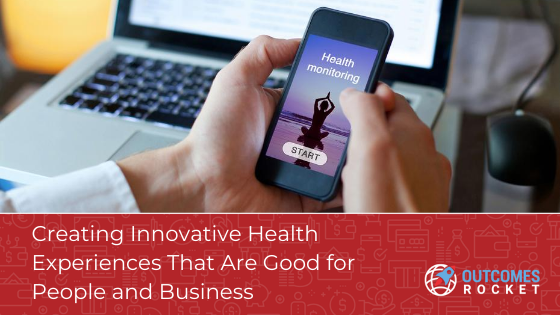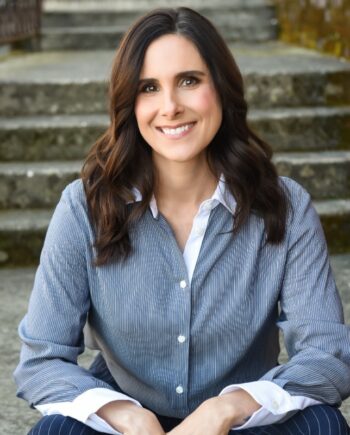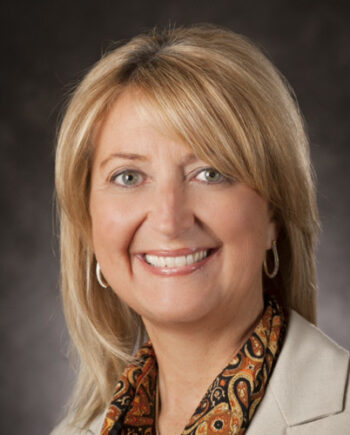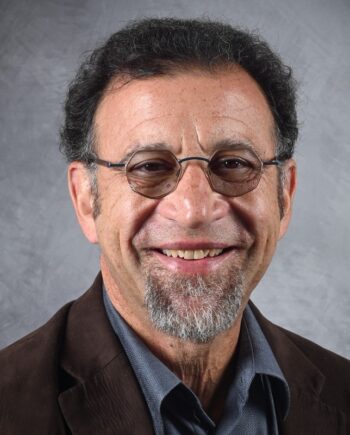
Healthcare is being reinvented, thanks to patient-centered care.
Patient-centered care is a phrase that has long been used in the health industry but rose to fame in the early 2000s when it was used in the Institute of Medicine’s “Crossing the Quality Chasm” article.
According to the Institute, patient-centered care is being compassionate. empathetic, and respectful to the patient’s needs. It means caregivers demonstrating appropriate service quality, allowing patients and families active participation in the health decision making process. 1
Today, we recognize that patient-centered care is one of the pillars of healthcare.
Patient-centered communication influences patients’ health through perceptions that their visit was patient-centered, and especially through perceptions that common ground was achieved with the physician. Patient-centered practice improved health status and increased the efficiency of care by reducing diagnostic tests and referrals. (Steward et al, 2000) 2
But like many other businesses, healthcare did not always get it right.
In one of my podcast interviews last year, Deborah Gordon said that healthcare has not always been about the patient or the consumer. She observed that along the way, something got lost and the focus was taken off from patients.
The good news is that today, the healthcare industry is back on track, thanks to campaigns and programs that promote customer focus.
One agency helping health companies re-focus on patients and their needs is Mad*Pow, a design solution helping people improve their health and wellness through technology.
Mad*Pow leverages strategic design and the psychology of motivation to create innovative experiences and compelling digital solutions that are good for people and good for business
In my Outcomes Rocket podcast interview with Amy Heymans, the founder, and Chief Experience Officer at Mad*Pow, she explained that the company works with large organizations to help them understand the needs of the people they serve.
Amy believes in designing with people, as opposed to for people.
“We believe that if we understand the people served by an organization and we orient that organization in the direction of meeting those needs, satisfying people or even in some cases thrilling them, that that’s the path toward longevity for the business, for the organization,” Amy further stated.
What makes Mad*Pow different is the behavioral research they do. Mad*Pow’s designs, be it through websites or on apps, motivate people to make actionable changes that promote health.
According to Amy, the company wants to design to change real-world outcomes and not just to get somebody to use an app or improve the customer journey.
“We used influence through the design and persuasive design to guide people in the direction of setting the quit date, which increases the likelihood of their stopping smoking,” Amy explained.
Can design influence behavior?
A study done by Jonas Rehn called ‘Design Model for Health Behavior Change”
proves that design decisions can, directly and indirectly, change a person’s health behavior. (Rehn, 2018)
Mad*Pow works with life science companies, health systems, insurance companies, government agencies, integrated networks, and nonprofits. As a digital design solution, the company is always up on its toes trying to stay ahead of the client. It is constantly on the quest for figuring out how to improve the experiences that they deliver to the people they serve.
Patient-centered care, when implemented in hospitals and companies will improve patient health outcomes. When patients are receiving the care they deserve, they are happier and more satisfied. They enjoy a better quality of life.
Patient-centered care does not just benefit the patients and their families. It also benefits your company. It increases employee satisfaction and improves market share.
Help your company provide better customer satisfaction. Connect with Amy Heymans and her team at Mad*Pow for a more customer-focused design.
Listen to my full interview with Amy here: https://outcomesrocket.health/madpow/2020/06/
According to the 2020 Centers for Disease Control and Prevention report, roughly 34.2 million Americans have diabetes,...
Read MoreAs a farmer, Rod was used to long days. He worked 18 hours a day, 7 days...
Read MoreWith investors receiving hundreds of pitch decks every year, how do you create a compelling presentation that...
Read More
Brittany Busse Co-Founder, President, and Chief Medical Officer at
ViTelHealth


Stephen Thorne Founder and CEO at
Pacific Dental Services

Keith Carlson Nurse Career Coach